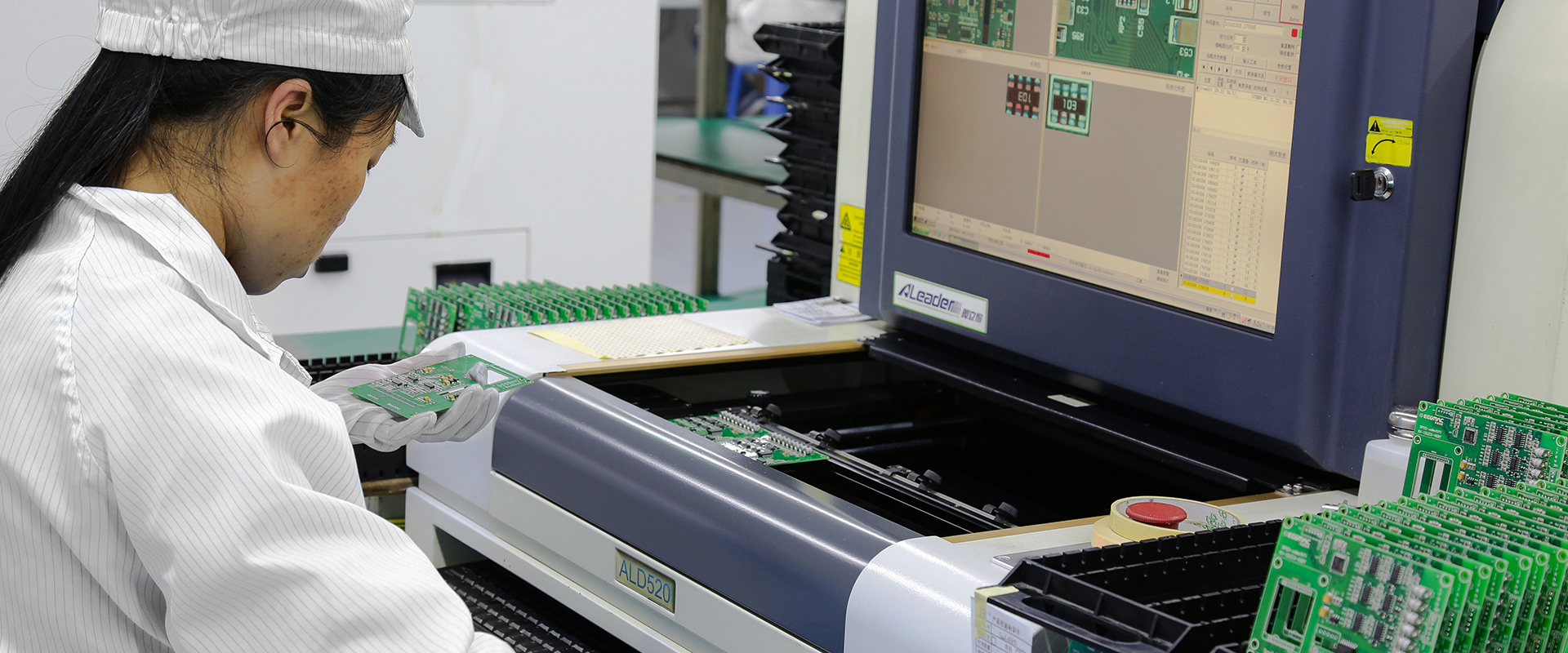As technology continues to advance, printed circuit boards (PCBs) have become critical components of many electronic devices. From smartphones to medical devices, PCBs play a vital role in ensuring the proper functioning of these devices. Therefore, PCB assembly manufacturers must follow strict testing and inspection procedures to guarantee the quality of their products. In this blog post, we’ll explore the various steps and measures these manufacturers take to ensure top-quality PCBs.
Initial Visual Inspection:
The first step in the quality control process is a visual inspection of the PCB. PCB assembly manufacturers carefully inspect circuit boards for any physical defects such as scratches, dents, or damaged components. This initial inspection helps identify any visible issues that may affect PCB performance or reliability.
function test:
After the initial inspection is complete, the manufacturer proceeds to functional testing. This step involves evaluating the electrical performance of the PCB by performing various tests on the PCB. These tests verify that the PCB functions as expected and meets required specifications. Functional testing can include tests such as power-up testing, test point access, signal integrity analysis, and boundary scan testing.
Automated Optical Inspection (AOI):
To ensure the quality and accuracy of PCB assemblies, manufacturers often employ automated optical inspection (AOI) systems. AOI utilizes high-resolution cameras to capture images of assembled PCBs. AI-driven software then compares these images to the reference design, identifying any discrepancies such as missing components, misalignment or soldering defects. AOI dramatically improves the accuracy and speed of inspection, and can detect even the tiniest defects that manual inspection might miss.
X-ray inspection:
For complex PCBs with hidden or invisible components, x-ray inspection can be useful. X-ray inspection allows manufacturers to see through the layers of a PCB and detect any potential defects, such as solder bridges or voids. This non-destructive testing method helps identify issues that cannot be detected by visual inspection or AOI, ensuring the structural integrity and functionality of the PCB.
Online Test (ICT):
In-circuit testing (ICT) is another critical step in the quality control process. During the ICT process, manufacturers use specialized equipment to evaluate the functionality of individual components and circuits on a PCB. By applying specific voltages and signals, the tester can detect any component failure, short circuit or open circuit. ICT helps identify faulty components or connections that could cause a PCB to fail or perform at its optimum.
Aging test:
To assess the long-term reliability and stability of PCBs, manufacturers often perform burn-in tests on them. Burn-in testing involves exposing the PCB to high temperatures (usually above its operating range) for extended periods of time. This rigorous testing helps identify any potential flaws or weaknesses in the component and ensures that the PCB can withstand normal operating conditions without failure.
Environmental testing:
Since PCBs can be affected by various environmental conditions, it is crucial to test their durability and performance under different scenarios. Environmental testing involves exposing PCBs to extremes of temperature, humidity, vibration and shock. These tests evaluate the resistance of PCBs to adverse conditions and ensure that they can withstand the demands of real-world applications.
final test:
Before PCBs are shipped to customers, they undergo a final inspection to verify that they meet all specified requirements. This inspection includes a thorough inspection of the PCB’s appearance, dimensions, electrical performance and functionality. A thorough final inspection minimizes the possibility of defective PCBs being delivered to customers, thus guaranteeing the highest quality standards.
In conclusion, PCB assembly manufacturers conduct a series of testing and inspection procedures to ensure the quality of their products. Visual inspection, functional testing, AOI, X-ray inspection, ICT, burn-in testing, environmental testing and final inspection all play a vital role in the quality control process. By strictly following these procedures, manufacturers can ensure that the PCBs they produce meet the required standards, thereby providing customers with reliable and high-quality products.
Post time: Sep-04-2023
Back







